How is hiding in the nest box?
Project partner DOPPS-Birdlife Slovenia has checked 100 nest boxes which were installed with cooperation with JZ KPG in previous years. The nest boxes are intended as nesting places for Scops owl (Otus scops), Little owl (Athene noctua), Hoopoe (Upupa epops) and Roller (Coracias garrulus).
In 2015 the monitoring of Scops owl was also carried out. Volunteers and employees of DOPPS inventoried 6 pairs and 63 singing males which was a somewhat higher number by comparison with previous years (55 singing males in year 2013) but still much less than in the 90's (230-250 pairs). According to experts of DOPPS poor occupancy of nest boxes means, that only few singing males actually nested.
In June, July and August employees of DOPPS checked 100 nest boxes on project area with intention to discover how many nest boxes had been occupied by Scops owls. At the same time they surveyed parameters such as object type or tree species with nest box, the height of the nest box and its condition (if there is need of repair).
Nesting Scops owl had been discovered in 9 nest boxes (in 7 of them later successfully fledged at least 18 chick, 2 nests failed). Occupied nest boxes are installed between 4 and 7 m high on walnut tree (4), plum tree (1), pear tree (1), ash tree (1), birch (1) and electric post (1). In Budinci in the nest ringed female Scops owl was found. Data has shown she has been ringed in 2013 as a chick just 100 m away.
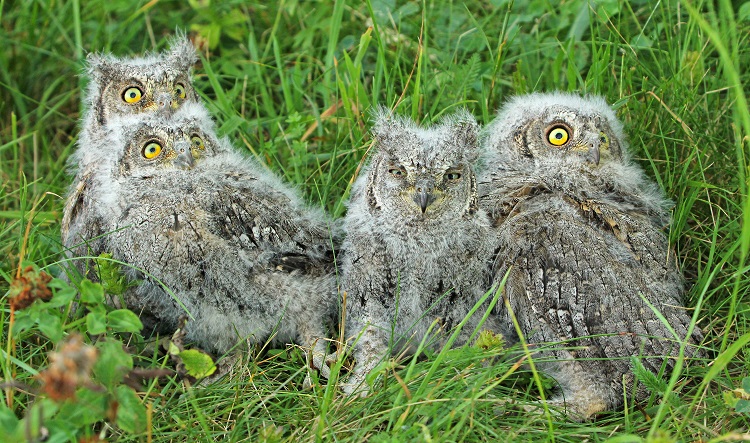
As expected, most nest boxes were occupied by starlings (Sturnus vulgaris). They occupied 32 nest boxes. Great tits nested in nine, hoopoes in three, nuthatch in two and tree sparrow. Hornets occupied nine, dormouse two and in three the content was impossible to determine. 28 nest boxes were empty and one was missing.
Author: Ž. Šalamun
Translated by: M. Podletnik

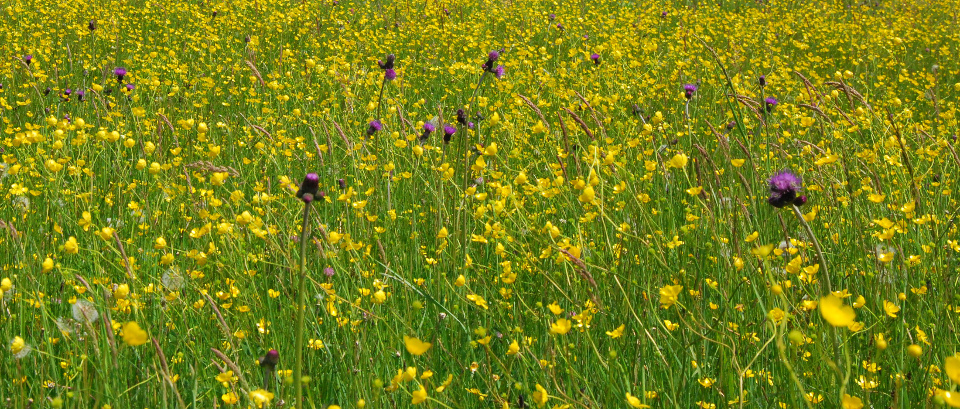
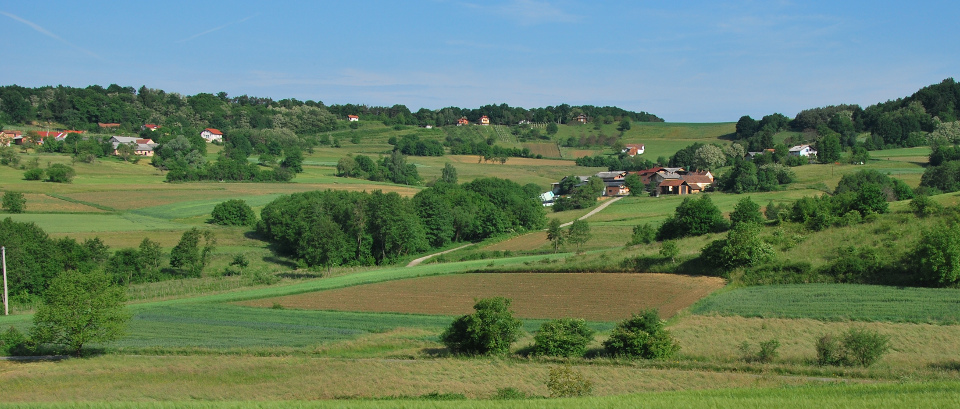
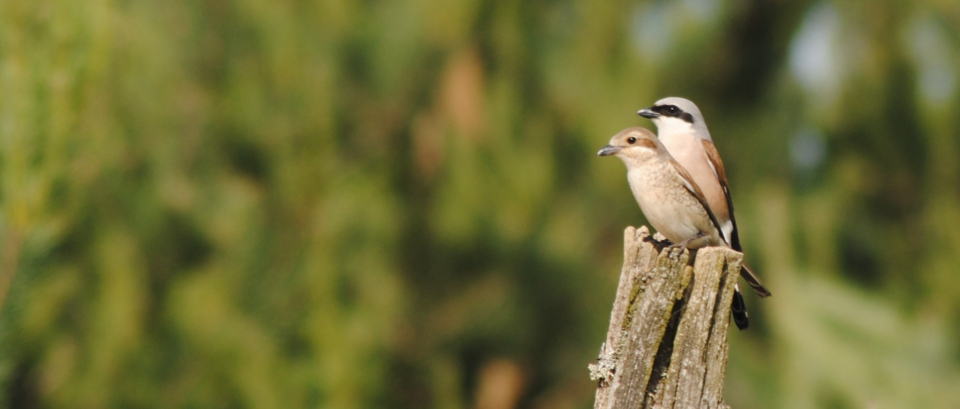
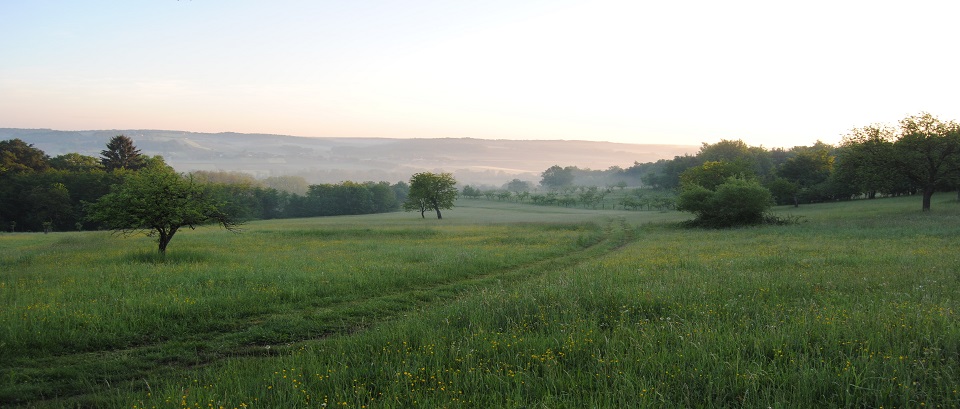
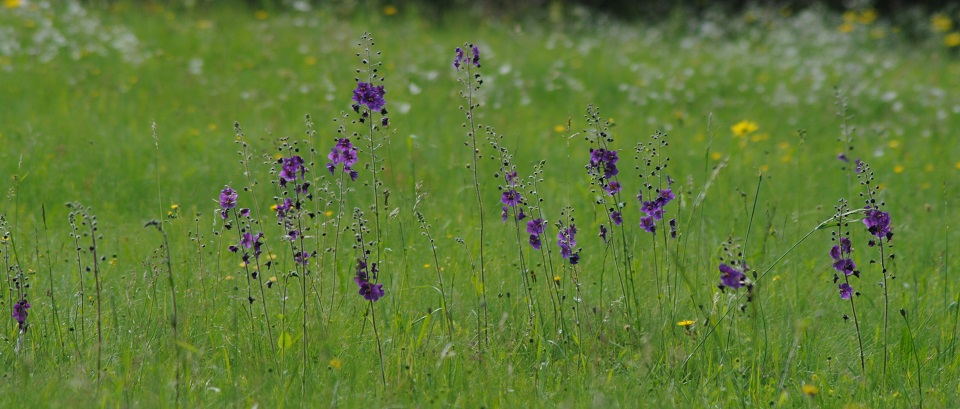
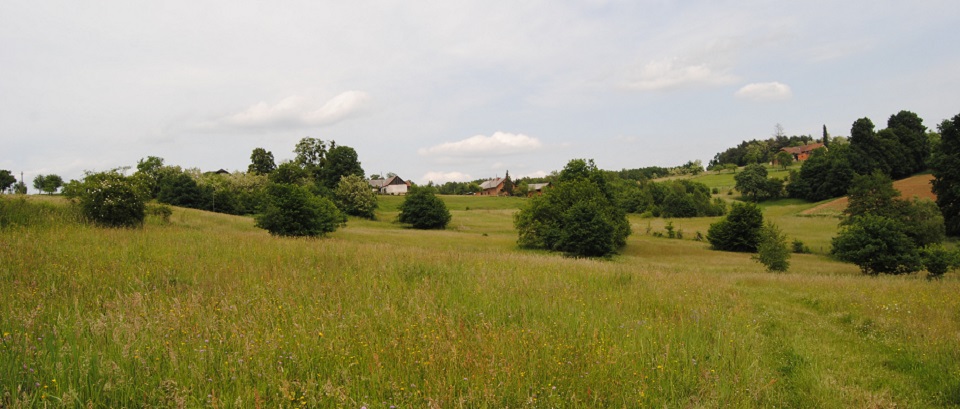



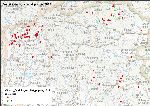
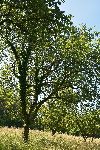
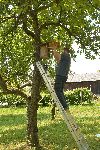
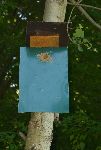
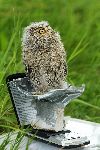
_386.jpg&l=0&y=80)
